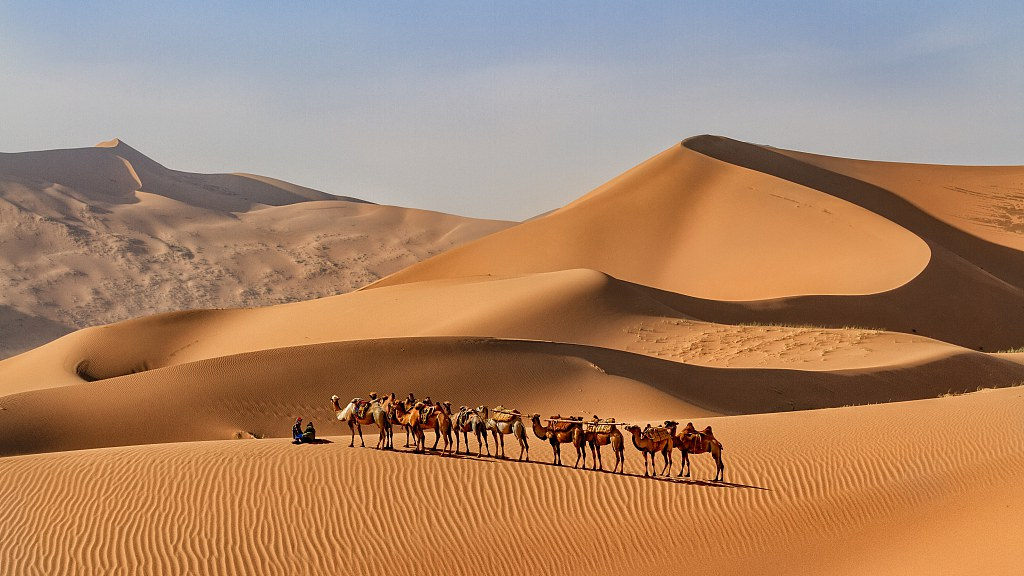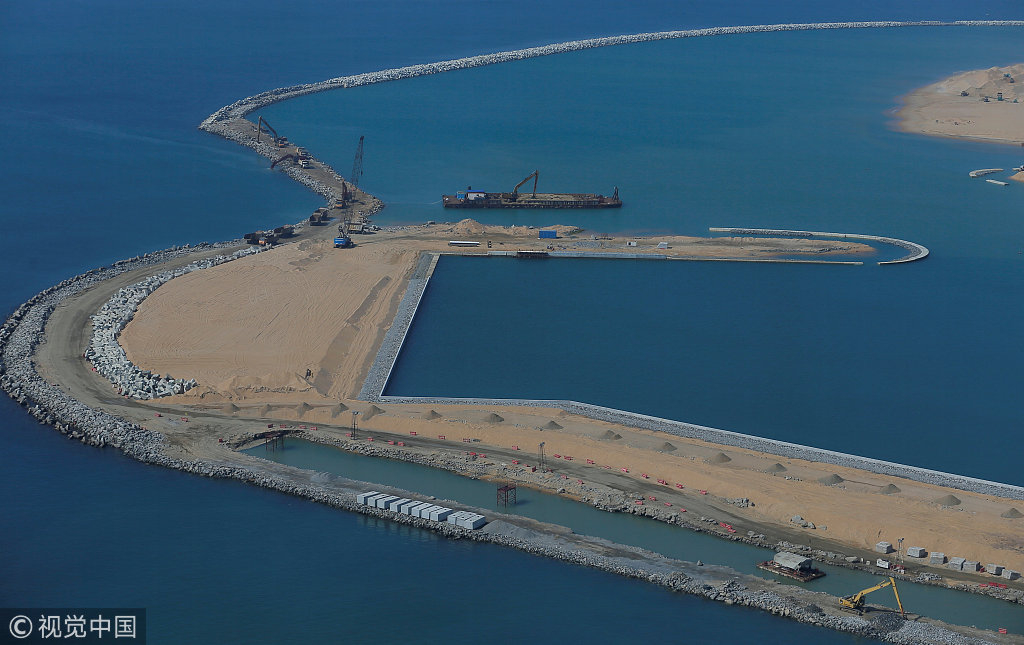
Opinion
21:56, 23-Jan-2019
Opinion: The BRI is the most ambitious infrastructure project ever
Xu Qinhua

Editor's Note: Xu Qinhua is a professor at School of International Studies, vice dean at National Academy of Development and Strategy, and director at Center for International Energy and Environment Strategy Studies, Renmin University of China. The article reflects the author's opinions, and not necessarily the views of CGTN.
The Belt and Road Initiative (BRI) has been an important topic at international meetings and events since 2013. It is also being heatedly discussed at the World Economic Forum which is being held in Davos from January 22 to 25, bringing together leaders from governments, international organizations, business and media all over the world.
In the sub-forum themed “Advancing the Belt and Road Initiative: China's Trillion-Dollar Challenge,” experts exchanges views on the contributions of the initiative, how to understand the BRI as the most ambitious infrastructure project in human history, and what should be done to ensure the BRI succeeds as an engine for growth.
In the first Belt and Road Forum for International Cooperation held in May 2017, Chinese President Xi Jinping advocated that “efforts should be made to strengthen cooperation in ecological and environmental protection and build a sound ecosystem so as to realize the goals set by the 2030 Agenda for Sustainable Development.”
According to Renmin University of China research released in November 2018, the overall level of green development in the BRI region has improved significantly over the past decade, but there is still a huge gap with that in Organization for Economic Co-operation and Development (OECD) members.

A general view of China-invested Colombo Port City construction site in Sri Lanka, January 11, 2019. /VCG Photo
A general view of China-invested Colombo Port City construction site in Sri Lanka, January 11, 2019. /VCG Photo
The question is what patterns of sustainable development the BRI countries should follow and if there's a model that fits well with all regional states. China's green growth is a result of the relentless efforts the country has been devoting in promoting energy efficiency.
Regarding the BRI's political and economic risks, we need to be aware that where there is an investment, there is a risk. Projects around the world are all facing such risks. But these political and economic uncertainties will never thwart governments or business people from investing, of which Panama Canal is a typical example. Amid all the risks, it has to be remembered that the project was started in the early 20th century and is now benefiting not only investors but also the whole world.
Here comes another question: Is BRI the most ambitious infrastructure project in human history? Facts speak louder than words. China-initiated infrastructural projects have received a warm welcome among countries along the Belt and Road.
Take the China-Central Asia gas pipeline as an example. The project, via connecting all elements in energy transportation, has dramatically increased the energy security of all the involving countries. In the meantime, the construction of a power station has tremendously lowered the risk of blackout in Pakistan. The BRI is increasingly supported by the international community.
In addition, the initiative has, for the first time, brought people of different languages and backgrounds together to conduct researches on infrastructural cooperation worldwide.
Chinese history tells us that sharing comes first and then comes gains. The BRI, via collaborative partnership, is connecting countries across the world in order to tackle our common challenges in a pragmatic way, and is sure to reap benefits for the entire world in the long term.
(If you want to contribute and have specific expertise, please contact us at opinions@cgtn.com.)

SITEMAP
Copyright © 2018 CGTN. Beijing ICP prepared NO.16065310-3
Copyright © 2018 CGTN. Beijing ICP prepared NO.16065310-3